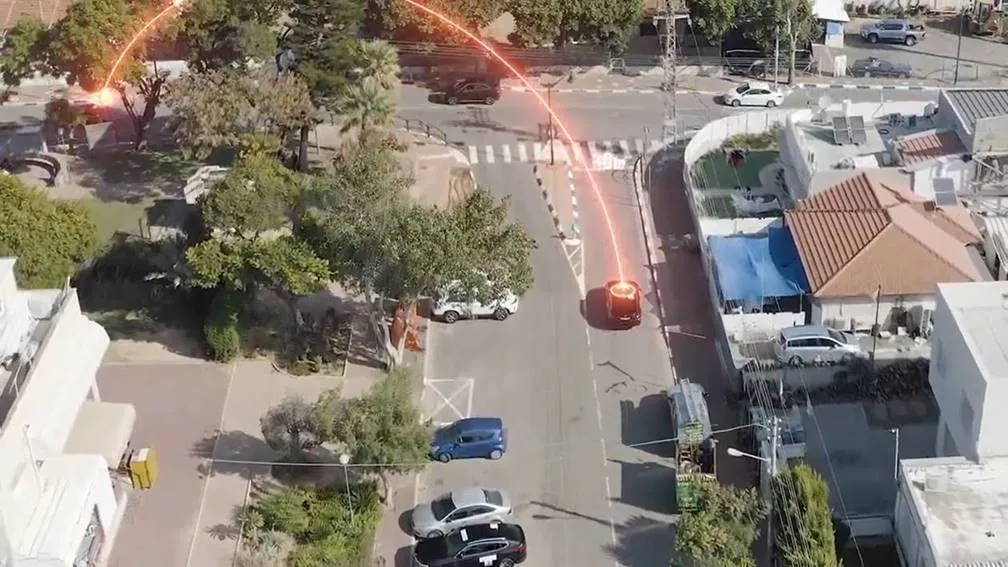Communications is the message at the Autotalks booth. In particular the emergence of DSRC-based Vehicle-to-Vehicle (V2V) and Vehicle-to-Infrastructure (V2I) communications to increase an autonomous vehicle’s level of certainty of its surroundings.
Introduced against a backdrop of rapid change, the company’s latest Vehicle to Everything (V2X) communication chipset is designed to meet the requirements for autonomous driving and vehicles.
Using accurate V2X-based positioning, the system know when users a
June 13, 2016
Read time: 1 min

Communications is the message at the 6765 Autotalks booth. In particular the emergence of DSRC-based Vehicle-to-Vehicle (V2V) and Vehicle-to-Infrastructure (V2I) communications to increase an autonomous vehicle’s level of certainty of its surroundings.
Introduced against a backdrop of rapid change, the company’s latest Vehicle to Everything (V2X) communication chipset is designed to meet the requirements for autonomous driving and vehicles.
Using accurate V2X-based positioning, the system know when users are at challenging urban canyons and it is already prepared for brake actuation with a functional safety certification. It maintains cloud connectivity with an external Wi-Fi to complement cellular connectivity and its embedded security is said to build trust.
In addition, V2X allows the vehicle to better understand the intention of surrounding vehicles and to receive guidance from infrastructure.
Introduced against a backdrop of rapid change, the company’s latest Vehicle to Everything (V2X) communication chipset is designed to meet the requirements for autonomous driving and vehicles.
Using accurate V2X-based positioning, the system know when users are at challenging urban canyons and it is already prepared for brake actuation with a functional safety certification. It maintains cloud connectivity with an external Wi-Fi to complement cellular connectivity and its embedded security is said to build trust.
In addition, V2X allows the vehicle to better understand the intention of surrounding vehicles and to receive guidance from infrastructure.








